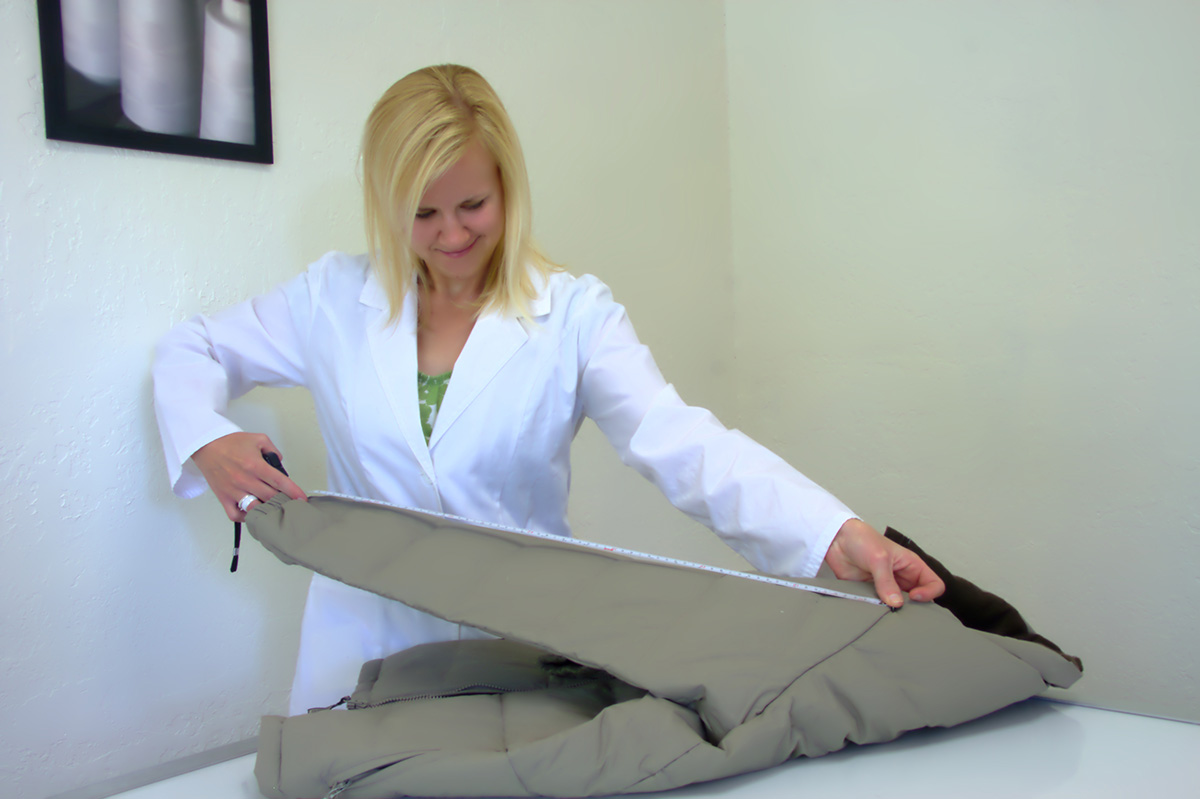TOG 和 CLO 测量值

TOG
TOG(小写:托格)是一种热阻单位,用于测量织物、服装、棉被等的隔热性能。产品的热阻(TOG 值)是通过测量测试样本上的温降,并将其与已知材料在相同条件下的性能进行比较而确定的。
当物品两面的热流量等于每平方米一瓦特时,其 TOG 值等于两面温差的十倍(摄氏度)。
用于描述纺织产品隔热性能的 TOG 系统起源于 20 世纪 60 年代的雪莉研究所,雪莉热像仪就是用来测量隔热值的。如今,该系统已被普遍使用,尤其是在羽绒被的评级方面。
CLO
CLO (also in lower case: clo) is the measure of the ability of an insulation to keep you warm. The CLO unit is mainly used for clothing and is defined as the amount of clothing required by a resting subject to be comfortable at a room temperature of 21GC (70GF), a relative humidity <50% and an air movement of 20 ft/min (0.61 m/min).
CLO 和 TOG
J.R. Mather 的 "气候学:基础与应用》[1974] 将 CLO 和 TOG 定义为 "测量衣物隔热值的单位"。
CLO 的定义是,在织物的温度梯度为 0.16 摄氏度时,每平方米允许 1 千卡热量流动的衣物隔热值。
TOG 还描述了服装的热阻
1tog = 0.645clo 1clo = 1.5tog
和讯百科:
一套轻便的夏装可提供 1 TOG。
其他来源:
一套普通羊毛轻便夏季商务套装的隔热值约为 1 CLO。
羽绒被规格:
4 - 5 TOG,适合夏季使用
6 - 10.5 TOG,适合春秋季使用
11 - 12 TOG,适合保暖性稍高的人群
12 TOG 以上,适合寒冷的冬夜使用
